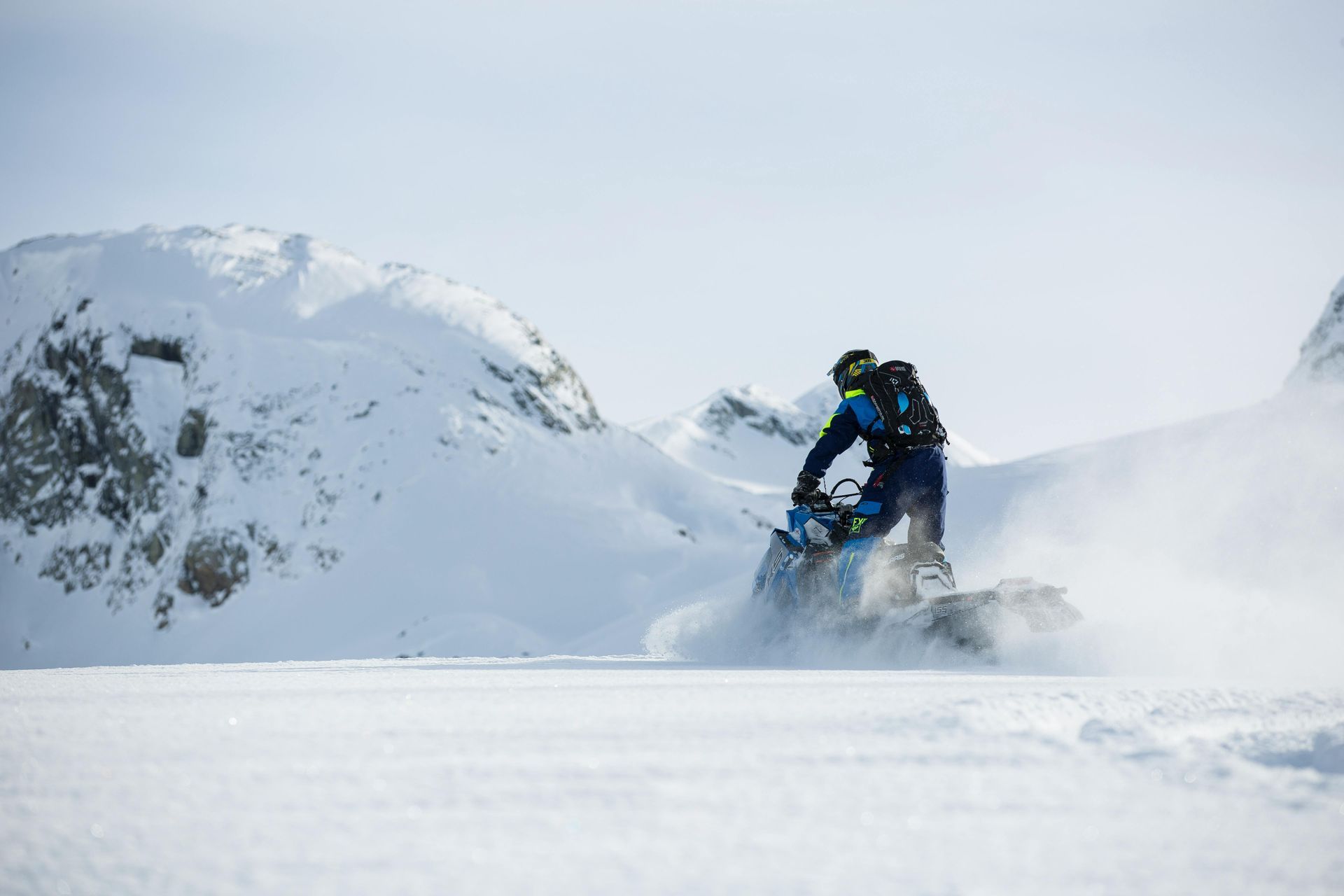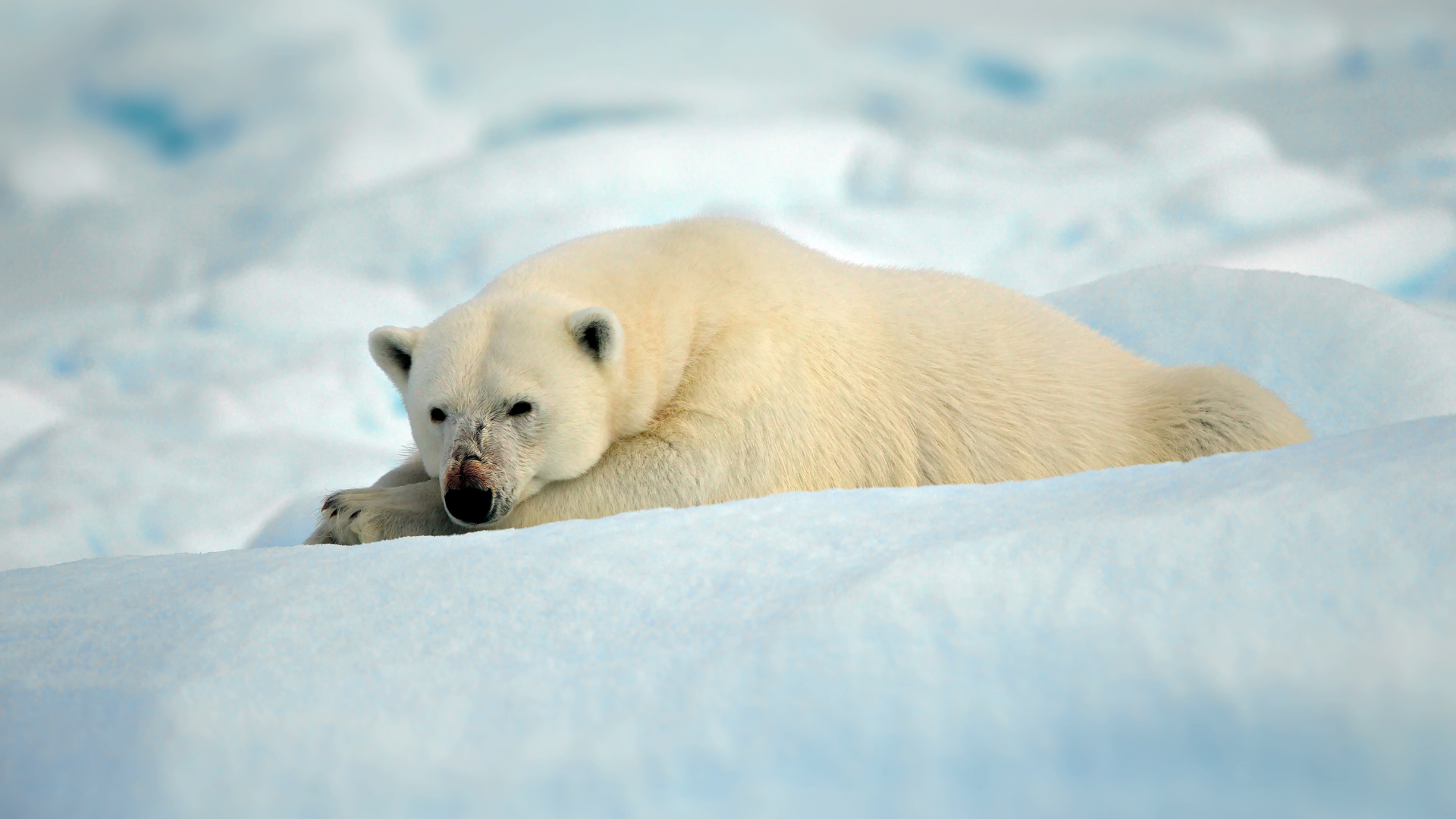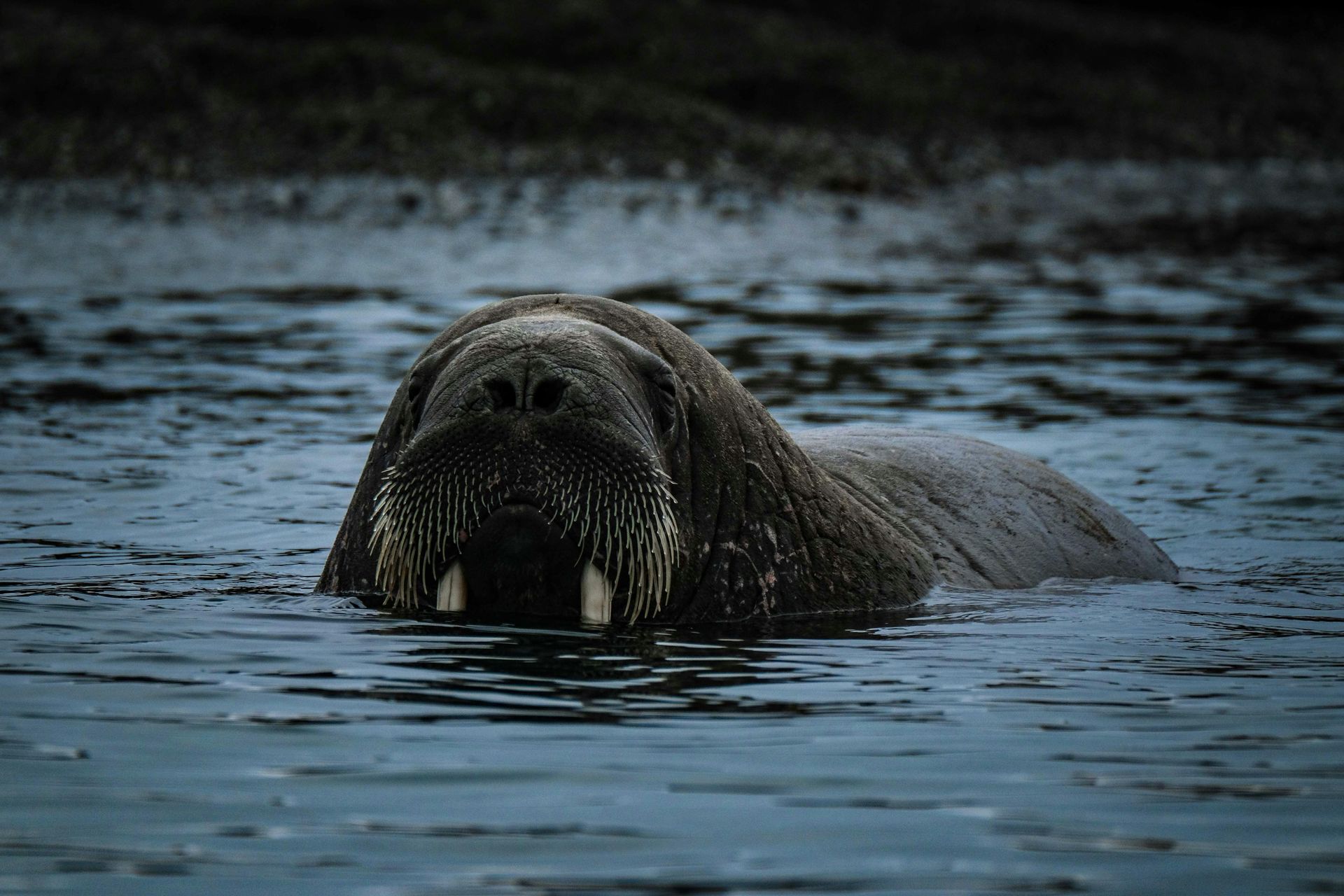Svalbard: Most Spotted Animals in January
Svalbard: Most Spotted Animals in January

January in Svalbard is a time of extreme conditions, with long nights and temperatures plunging into the deep cold. Despite these harsh conditions, this Arctic wilderness remains home to a remarkable array of wildlife, which has adapted to survive and thrive in this frozen environment. The most spotted animals during this time include Arctic foxes, Svalbard reindeer, and the ever-elusive polar bear. While the wildlife might be harder to spot due to the limited daylight, patient explorers are often rewarded with glimpses of these Arctic creatures.
One of the most commonly spotted animals in January is the Arctic fox. These small, resilient creatures have adapted perfectly to life in the Arctic, with their thick white winter coats blending seamlessly into the snowy landscape. During January, Arctic foxes are often seen scavenging for food or following polar bears in hopes of finding leftovers from a kill. Their quick movements and curious nature make them one of the most delightful animals to observe during the winter months.
The Svalbard reindeer is another iconic animal that remains active in January despite the harsh conditions. Unlike other reindeer species, the Svalbard reindeer is smaller and more compact, which helps it conserve heat in the frigid environment. These reindeer are often seen grazing on the sparse vegetation that can be found under the snow, using their hooves to dig through the ice. Their hardy nature and ability to survive in such extreme conditions make them a symbol of resilience in the Arctic.
While polar bears are less active in the dead of winter, they are still one of the most sought-after animals to spot in Svalbard during January. These majestic predators are often seen patrolling the sea ice in search of seals, their primary food source. Although polar bears can be elusive, tour operators in Svalbard are experienced in spotting them, and there is always a chance of encountering one on a winter expedition. The sight of a polar bear roaming the icy landscape is an awe-inspiring experience that captures the true essence of the Arctic wilderness.
Seals, particularly ringed seals and bearded seals, are also commonly spotted in Svalbard during January. These seals are the primary prey for polar bears, and they can often be seen resting on the ice or surfacing through breathing holes in the sea ice. Despite the cold, seals remain active throughout the winter, using their blubber to stay warm and their keen sense of hearing to avoid predators. Watching these agile swimmers navigate the icy waters is a reminder of the intricate balance of life in the Arctic.
Birdlife is less prominent in January due to the extreme cold and lack of daylight, but some hardy species can still be spotted. The most notable is the ptarmigan, a bird that is uniquely adapted to survive in the Arctic winter. With its white plumage and ability to forage for food in the snow, the ptarmigan is one of the few bird species that remains in Svalbard throughout the winter. These birds are often seen in flocks, their presence adding a touch of life to the otherwise stark winter landscape.
Another winter resident is the Svalbard rock ptarmigan, a subspecies of the ptarmigan that is even more adapted to the extreme conditions of Svalbard. These birds are commonly seen in the tundra, their white feathers providing excellent camouflage against predators. Despite the harsh conditions, the rock ptarmigan manages to find enough food to survive, primarily feeding on willow buds and other vegetation buried under the snow.
The winter months also offer the opportunity to spot Arctic hares, though they are more elusive than other animals. These large, white hares are well-camouflaged in the snow and are usually spotted when they move or hop across the landscape. Their long ears and powerful hind legs allow them to detect predators and escape quickly, making them an exciting sight for wildlife enthusiasts.
Svalbard’s wildlife in January offers a unique and challenging experience for those willing to brave the cold. The extreme environment of the Arctic ensures that the animals seen here are some of the most well-adapted creatures on the planet, capable of surviving and thriving in one of the harshest climates on Earth. The thrill of spotting these animals against the backdrop of Svalbard's icy wilderness makes every sighting an unforgettable moment.











